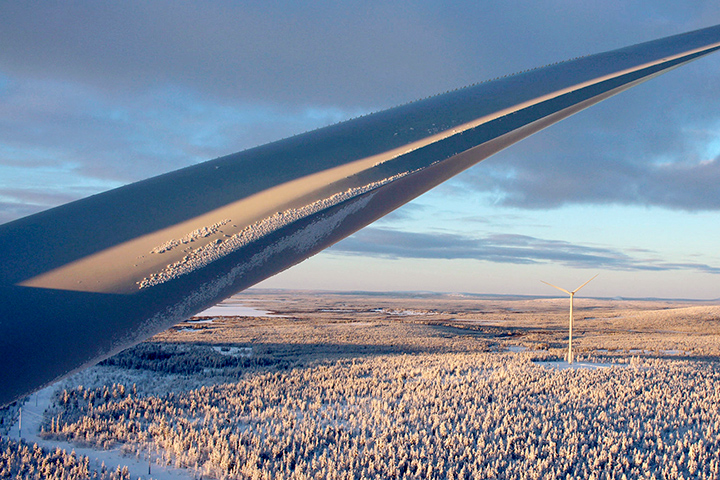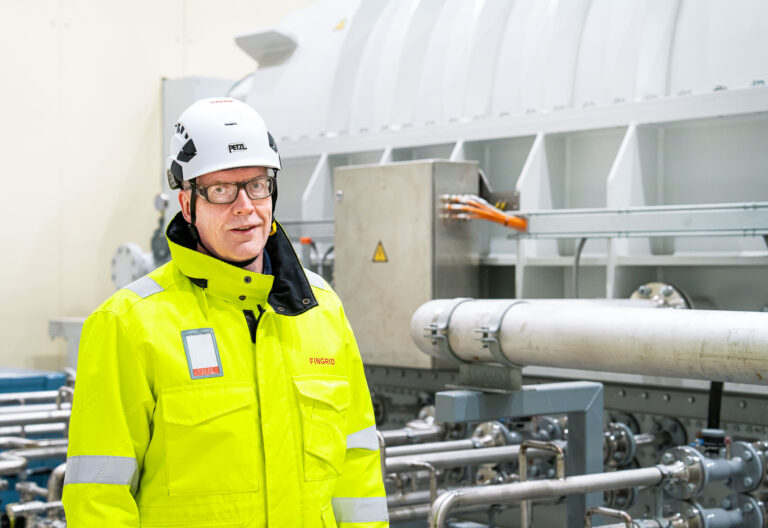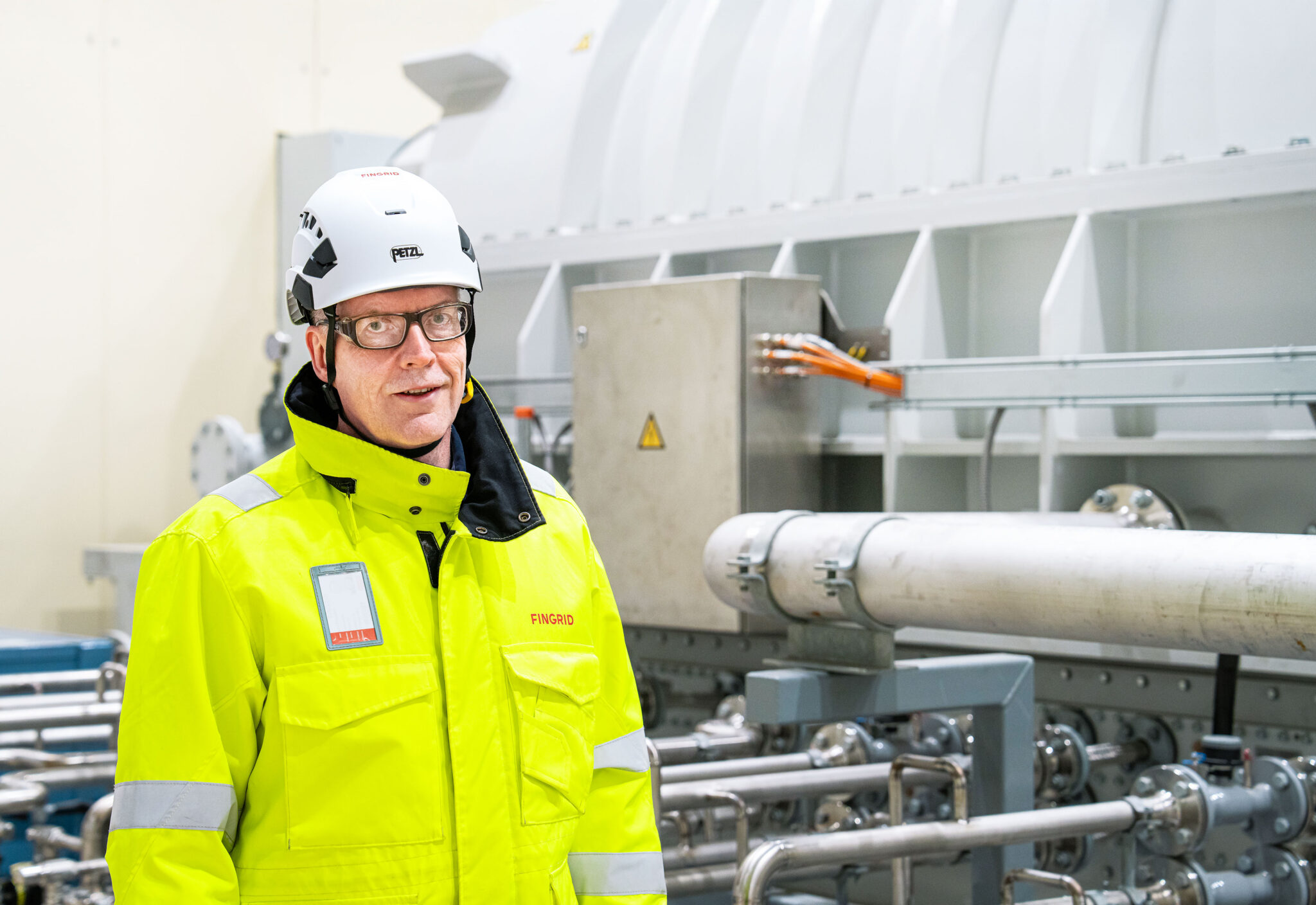Down-regulation is the principal market for wind power operators, and even that is not particularly significant at the moment,” Anni Mikkonen says.
However, the wind of change has already begun to blow: Mikkonen believes that the price of electricity will fluctuate in the 2020s so much that many operators in the wind power sector will identify new business opportunities.
“Wind power operators are keeping a close eye on electricity price trends, and they will participate more actively in the balancing power market.”
She also hopes that the debate surrounding the balancing power market will become more active.
“Hanni Sonkeri’s Master’s thesis on wind power in the balancing power market was a welcome contribution to the discussion,” she says.
“Work like this will drive the market forward.”
The current state of wind power may be stronger than ever. For example, Finnish Energy’s annual Energy Attitudes survey found that wind power is the most popular form of industrial-scale electricity generation, and the second-most popular of all types of electricity generation, just behind solar power.
“The proliferation of inexpensive wind power will reduce prices on the electricity market,” Anni Mikkonen says.
“The large amount of new wind power capacity that will be built in the coming years will cause further price drops,” she says.
What is the future of wind power generation? – For an indication of this, we can look to a study conducted by Gasum on assignment from the Finnish Wind Power Association. The study, which was published in October 2020, found that Finland’s electricity system will have 25–30 terawatt-hours of annual wind power output in 2030.
“The outcome of the study underpins the Association’s goal of having enough wind power to cover 30 per cent of Finland’s electricity consumption by the turn of the next decade,” Anni Mikkonen says.
She is satisfied with the current pace of growth of wind power capacity through market-based investments.
“We know that many companies are currently preparing investment decisions, so the rate of growth in the coming years will be even higher than we can currently infer on the basis of the investment decisions that have been published.”
Anni Mikkonen says that technological advancements have reduced the costs of wind power generation to such a level that we will soon see “Wind Power 2.0”.
“The technology has developed dramatically over the last ten years – or even over the last five years,” she says.







